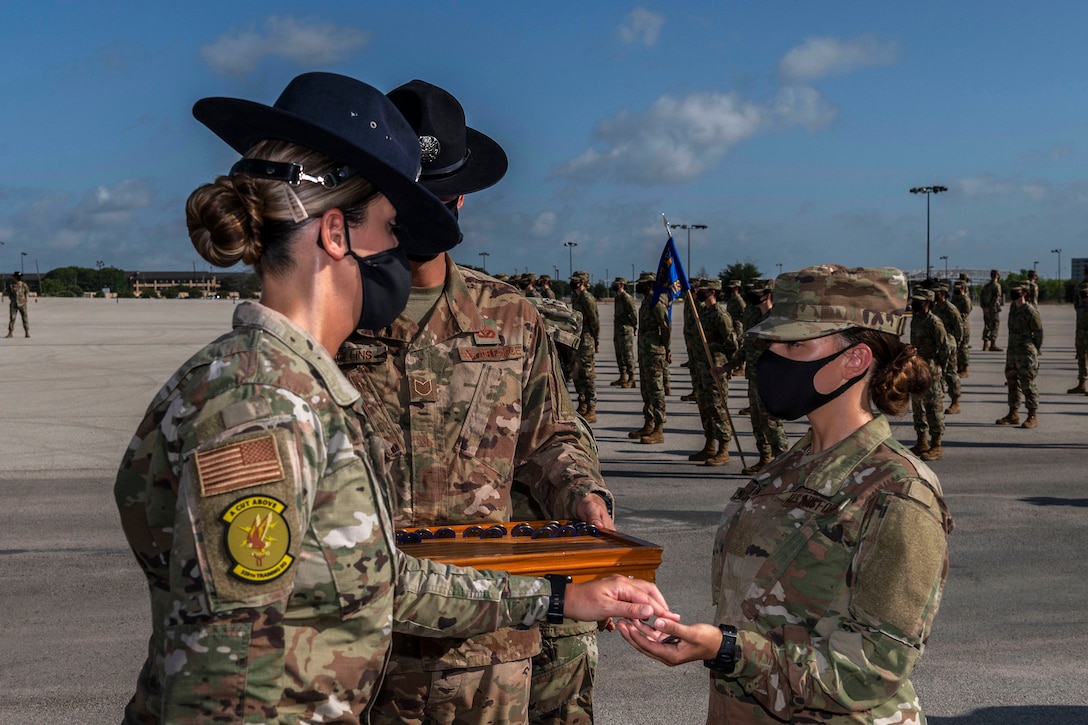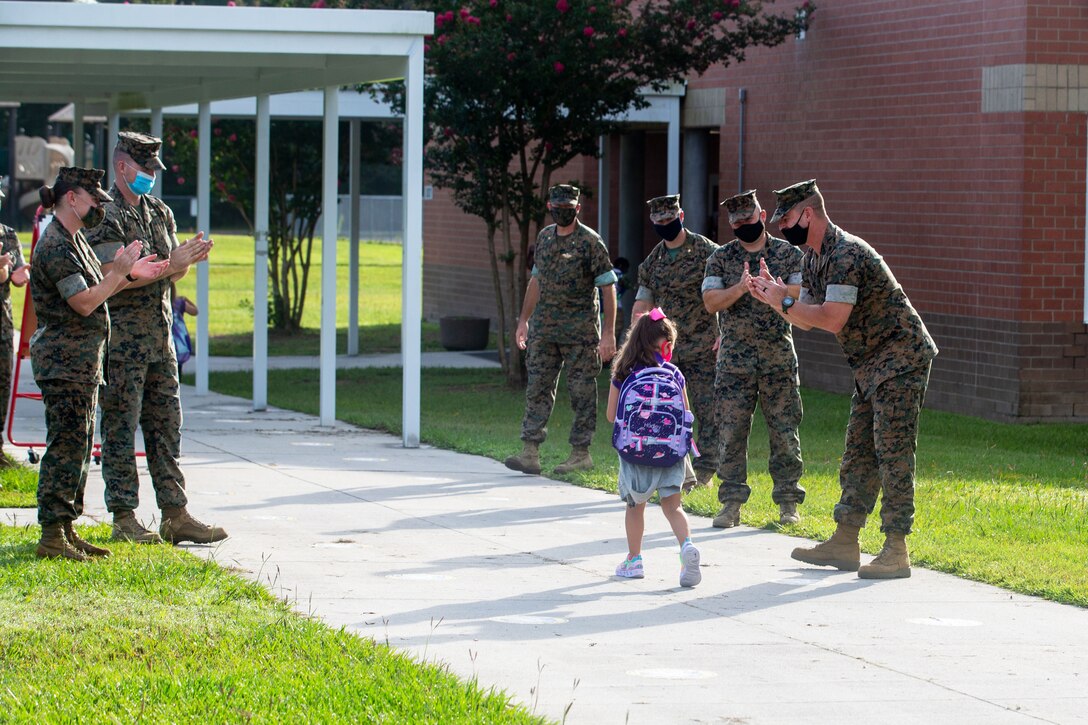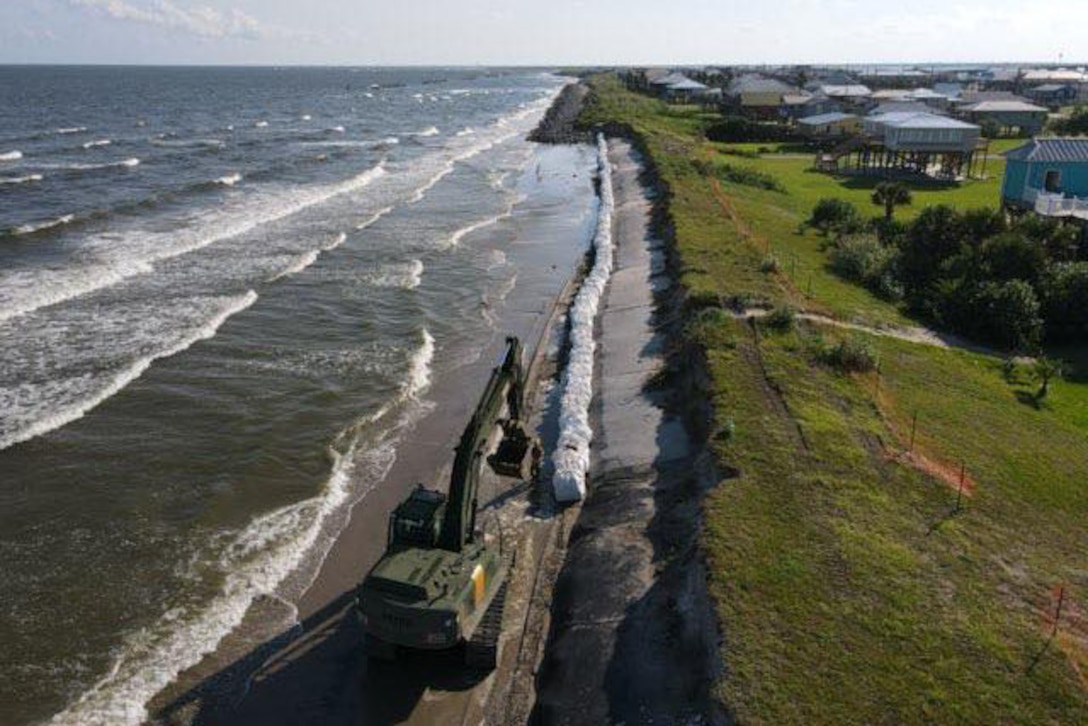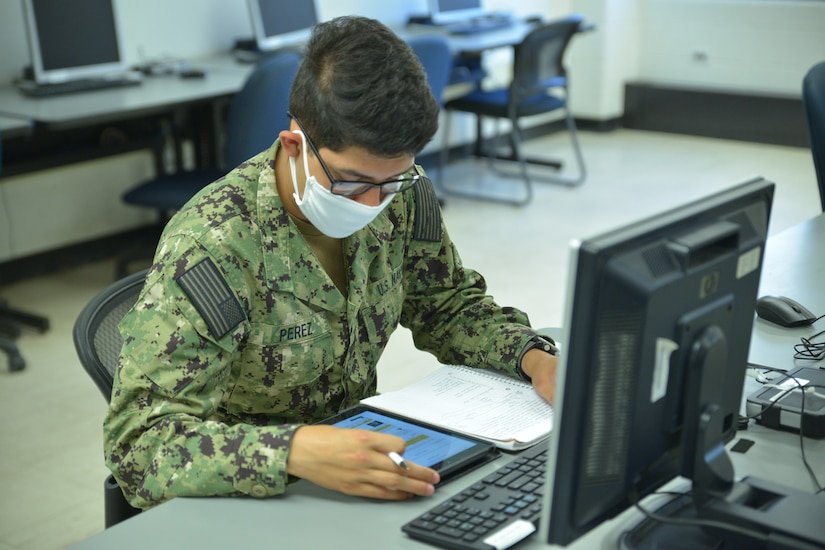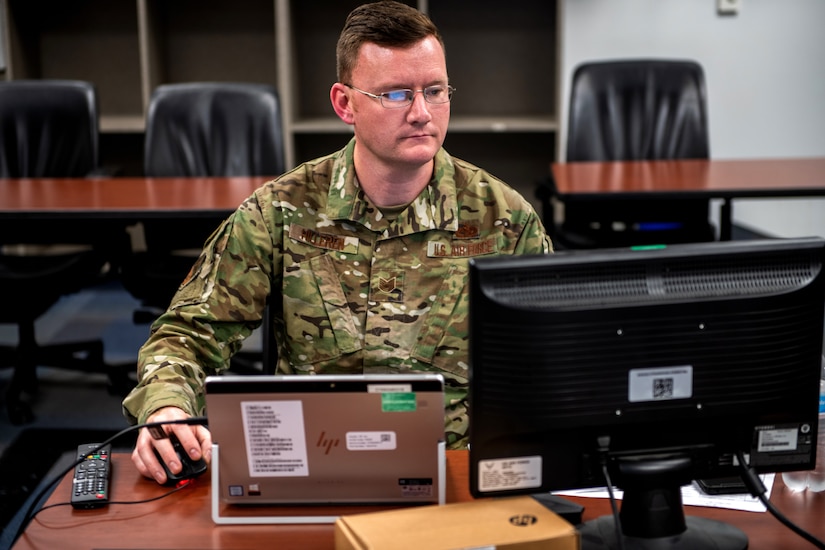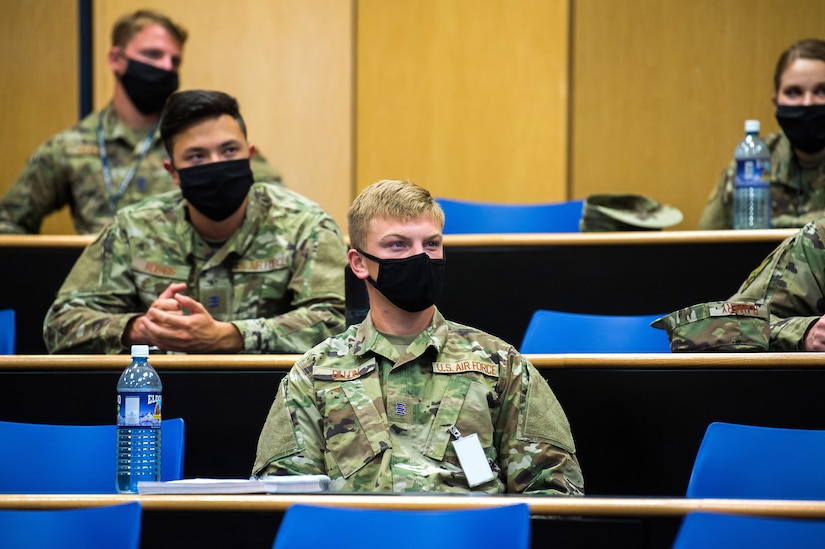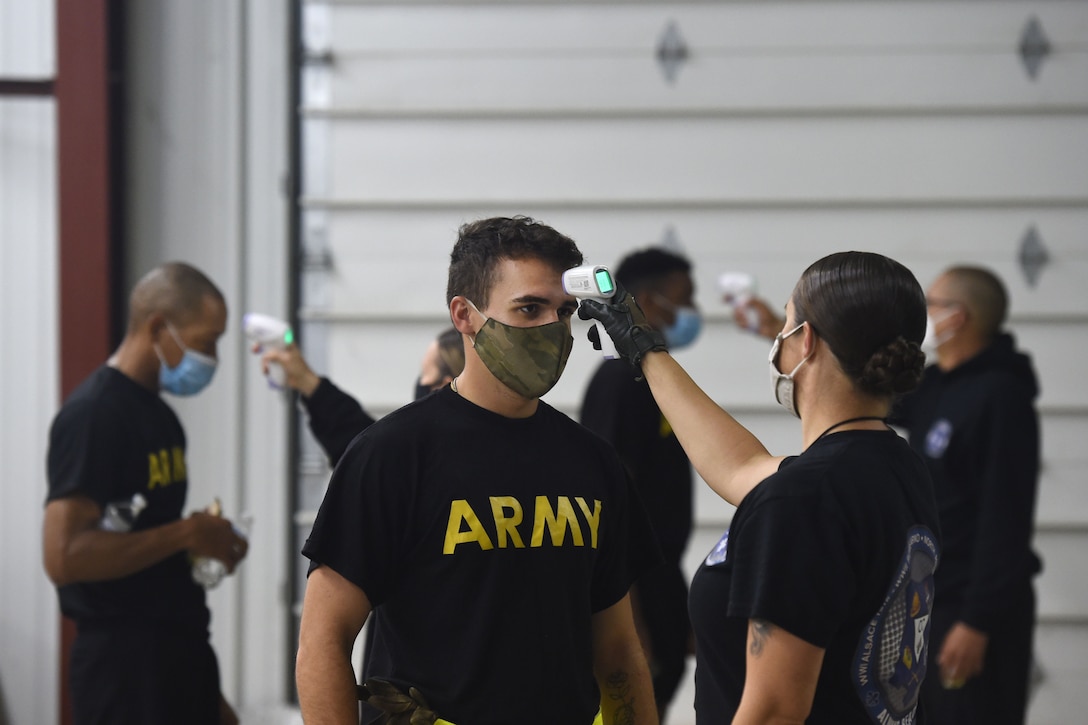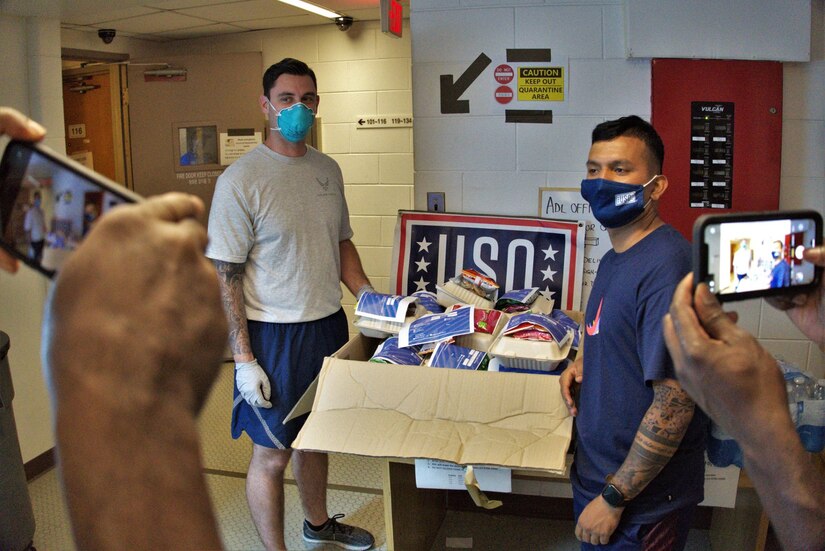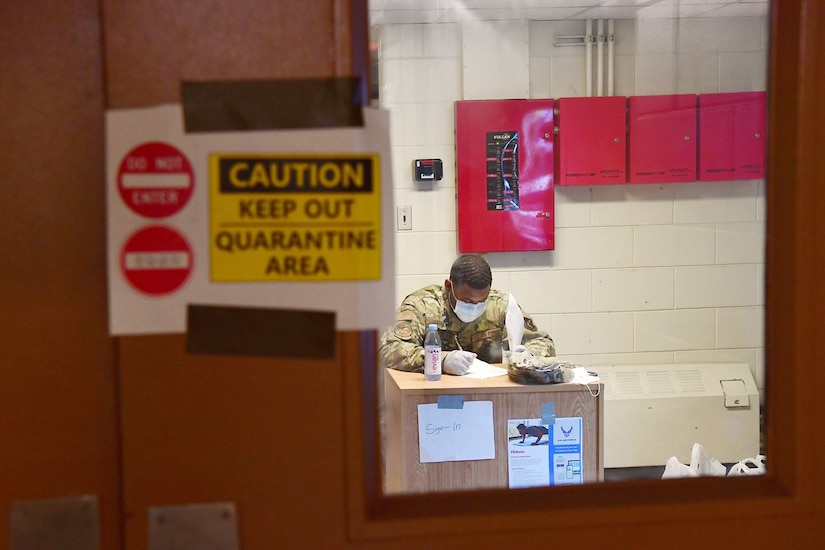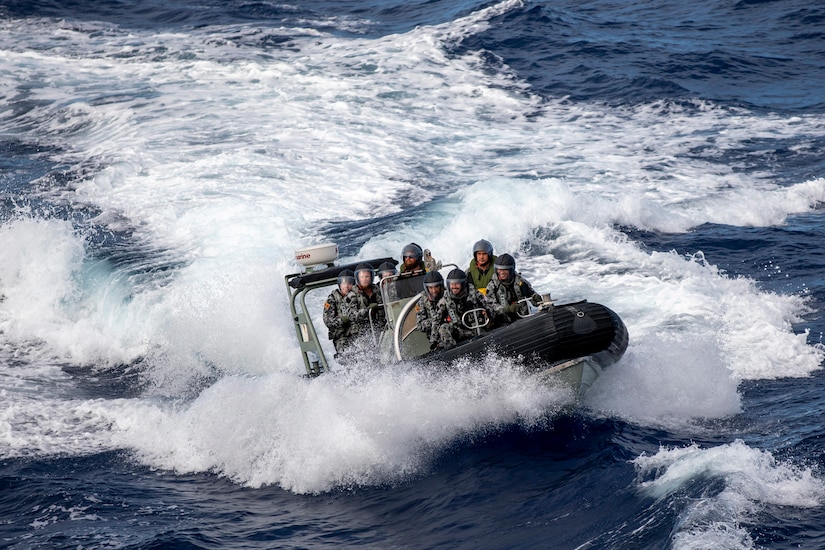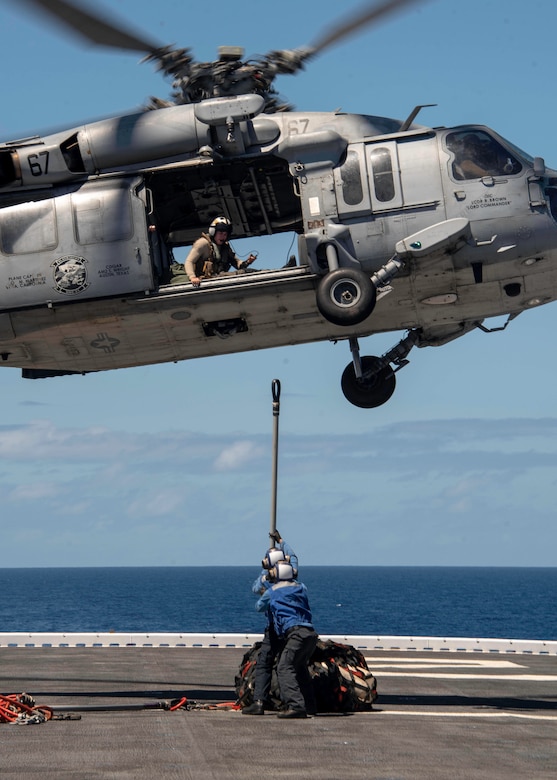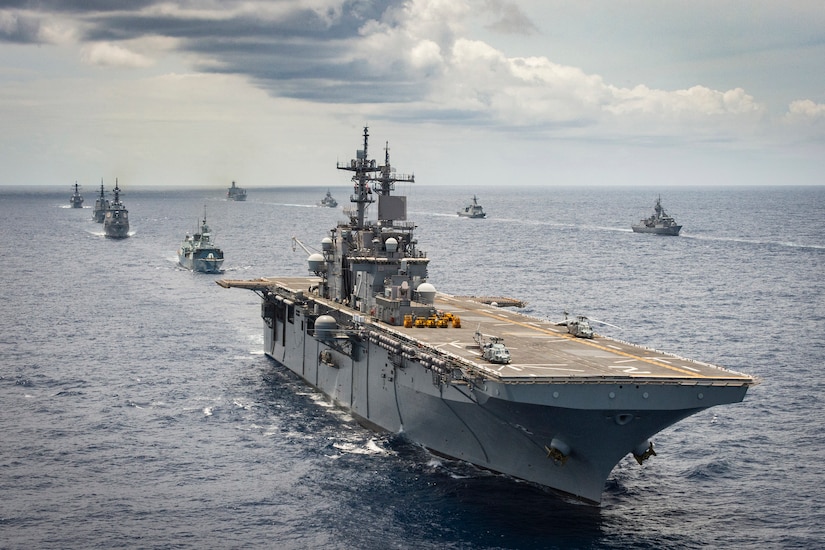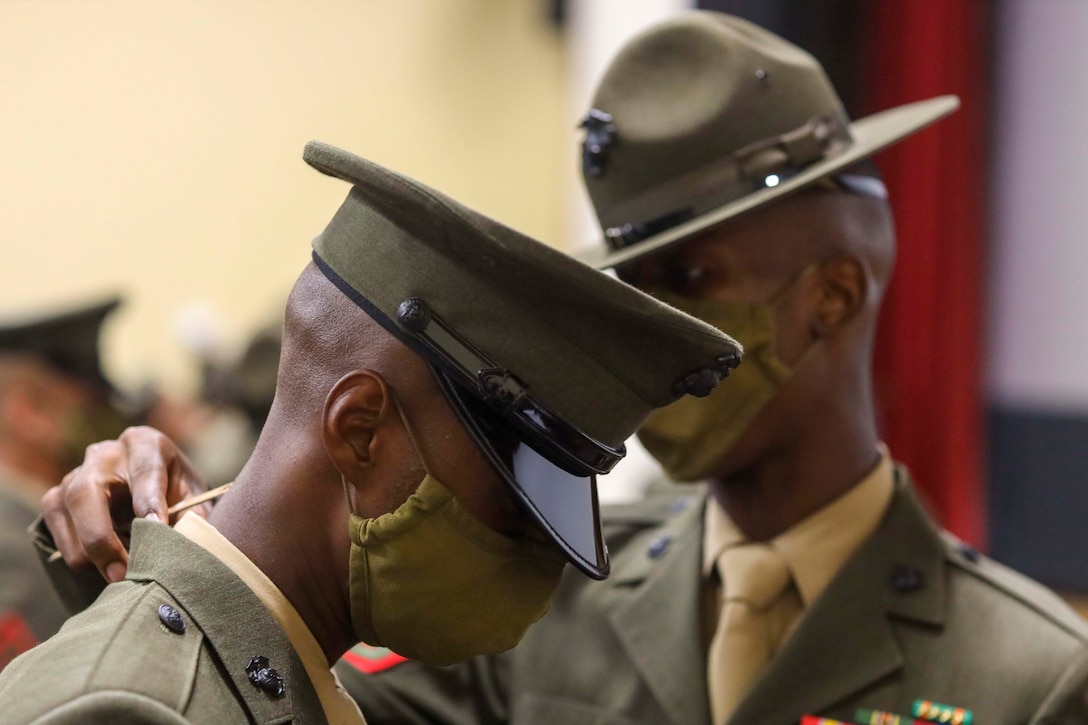Aug. 26, 2020
|
BY AIR FORCE SENIOR AIRMAN NOAH SUDOLCAN
Relocating to a new military installation in another
country can be stressful, especially during the COVID-19 pandemic. With
so many uncertainties involving the pandemic's impact on changing living
standards, a special group of professionals provides initial solutions
and comfort to new arrivals at Osan Air Base, South Korea.
Working around the clock, Osan's airman dorm leaders, or ADLs, strive
to give new members the warmest welcome and meet essential needs during
their two-week quarantine phase.
For Air Force Tech. Sgt. Toni Bellamy, an ADL serving as Osan's
COVID-19 Command Center housing representative, being the first line of
defense for inbound personnel is a challenging, but fulfilling
experience.
''Knowing that we help keep the base safe by housing nearly 500
quarantine personnel at a given time and giving them their essential
needs is a huge reward,'' Bellamy said. ''We work alongside the base
first sergeants, Red Cross and the United Services Organizations to help
supply personnel with toiletries and meals to make the quarantine
residents stay more comfortable.''
To administer a smooth process, the ADLs proactively communicate with
commanders, chiefs, first sergeants and supervisors to take care of
inbound individuals. They're dedicated to ensuring six dorms and
vacancies in the base hotel are readily available for occupancy.
''We take care of all residents from in-processing, meals, trash,
grocery delivery and other orders to outprocess from
quarantine,'' Bellamy added. ''I assign all inbound members to a living
space and, once assigned, the list of projected arrivals is passed to
the ADLs to ensure rooms are ready for incoming members.''
Free Wi-Fi is equipped in the quarantine dorms and the hotel to help
with their needs during the 14-day period. Quarantined personnel are
authorized and encouraged to bring items that may make their stay more
comfortable such as blankets, televisions and computers. They're also
allotted daily recreational time outside to get fresh air and exercise.
''It was nice knowing I had a team of ADLs dedicated to help smooth
the transition process into the quarantine dorms,'' said Air Force Staff
Sgt. Tiffany Wallace, an orthopedic surgical technician with the 51
Medical Operations Squadron. ''For me, being able to adjust comfortably
and FaceTime my family was a huge bonus.''
New inbound members are also given resources on how to acquire
additional necessities from the base exchange and commissary. They can
also contact their leadership for additional needs.
''The biggest way to help our quarantine personnel is to stay in
contact with them daily, asking them about how their stay is, from room
maintenance to meals,'' Bellamy said. ''Another way to help is offering
to bring your member a hot meal or forms of entertainment.''
Whether it's preparing dorm rooms 48 hours prior to arrival or
maintaining open communication with all leadership and anyone with
concerns about COVID-19, the ADL team is committed to their role.
''The biggest positive of this job is seeing how the whole base is
coming together,'' Bellamy said. ''The augmentees are from all units
around the base. We couldn't do it without all the organizations
stepping up to provide us with bodies and supplies.''
(Air Force Senior Airman Noah Sudolcan is assigned to the 51st Fighter Wing).
